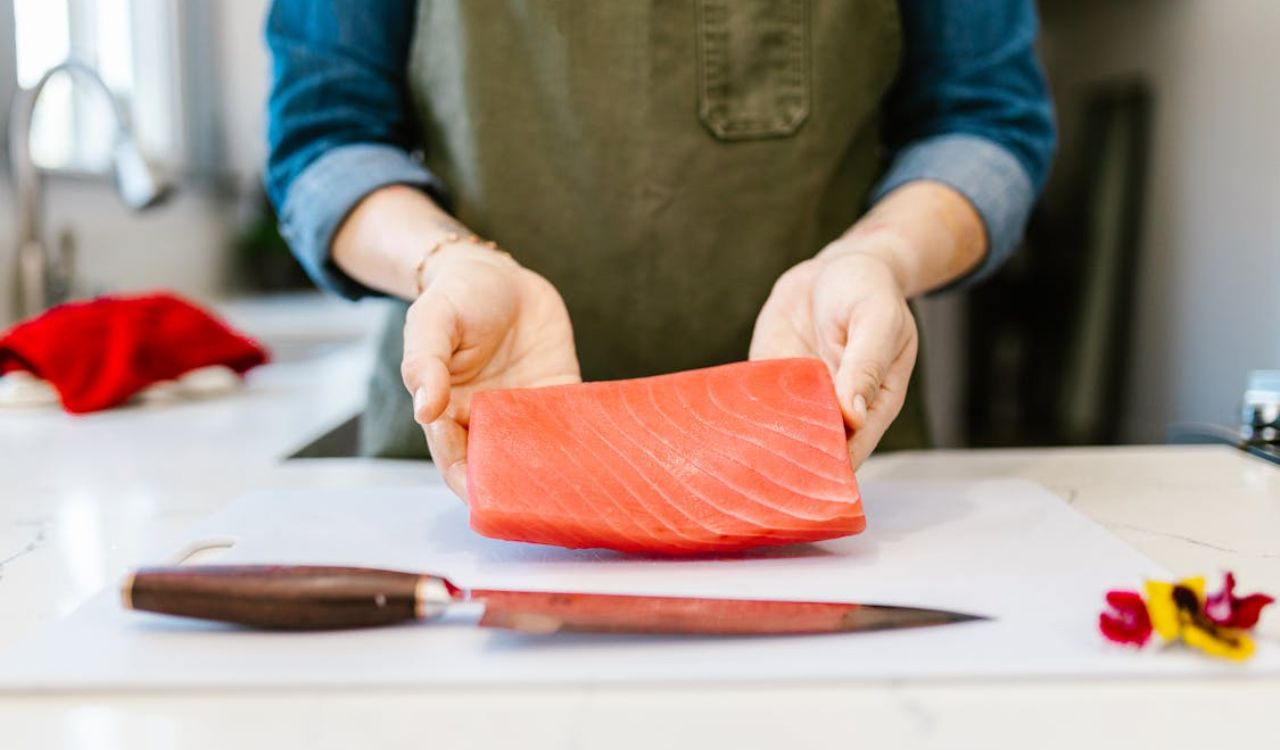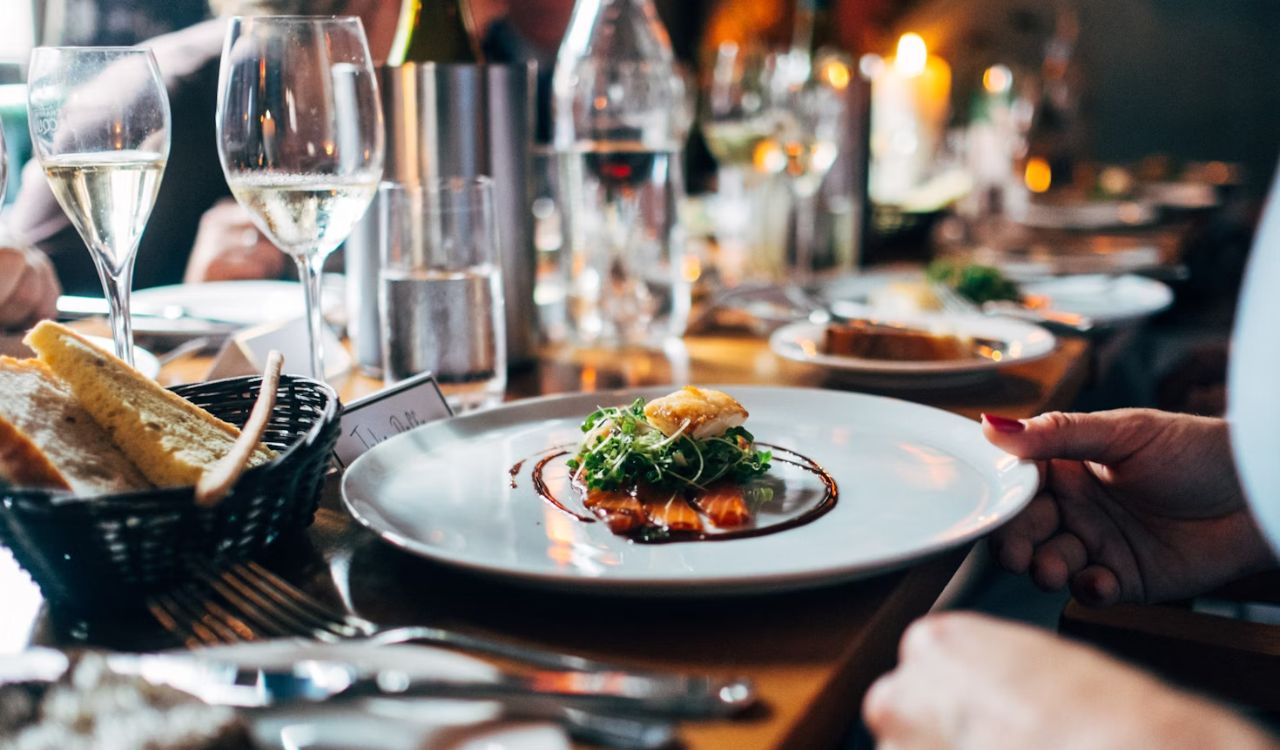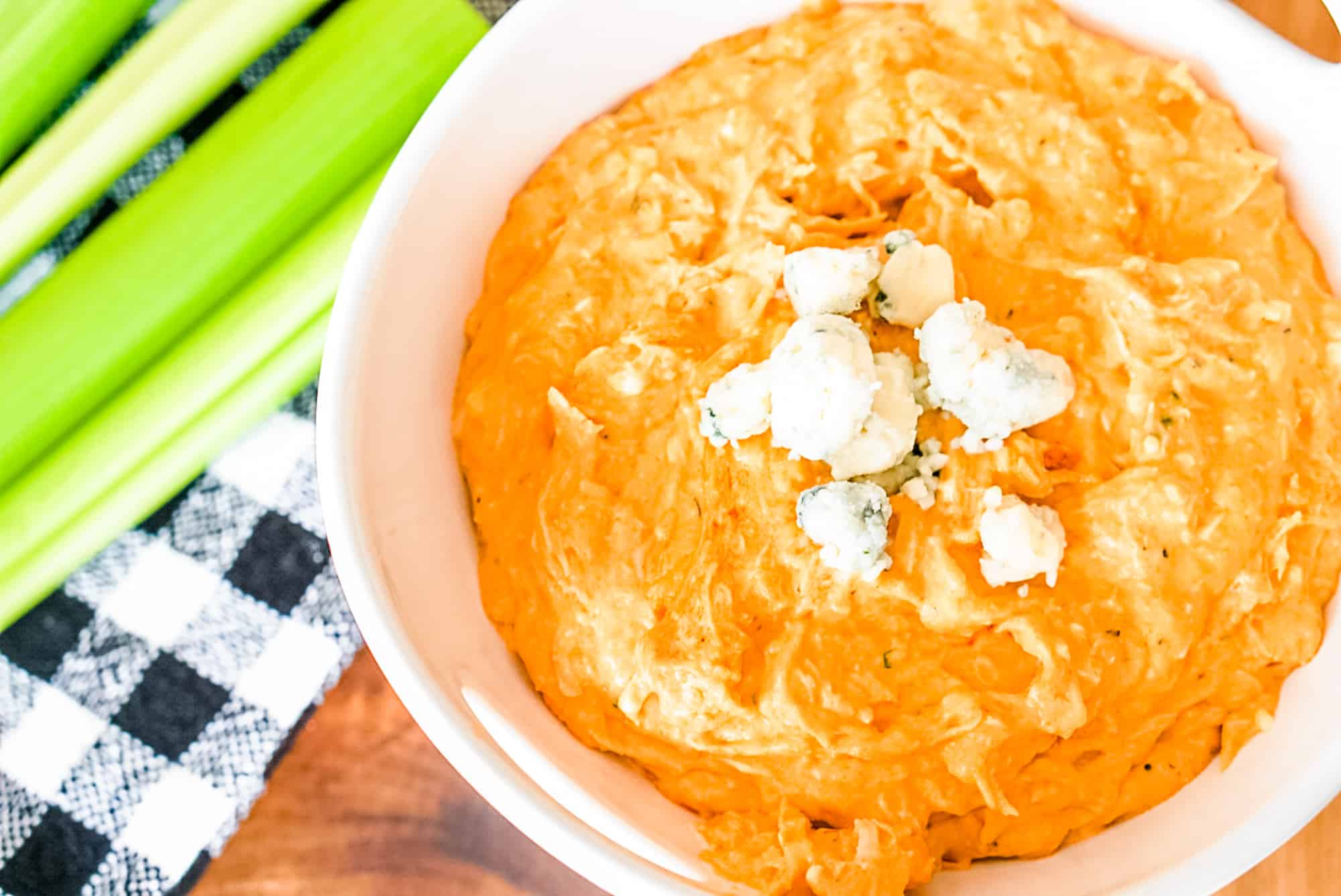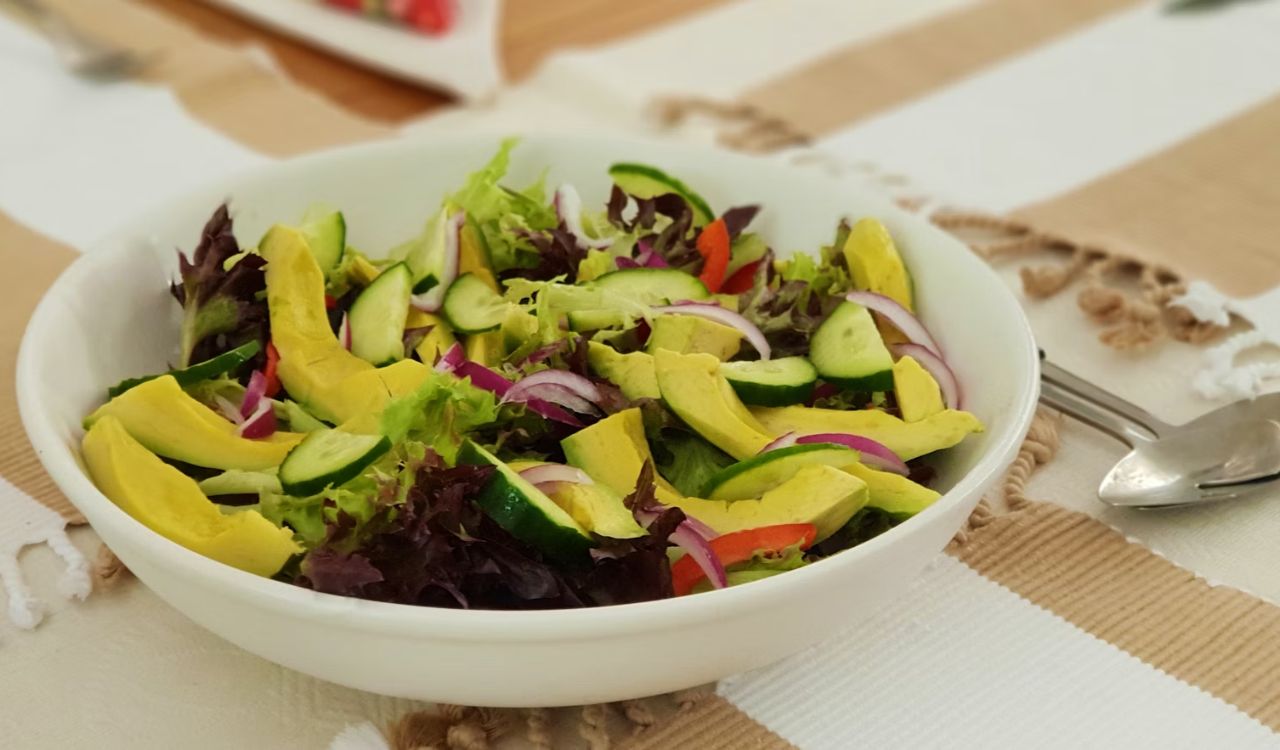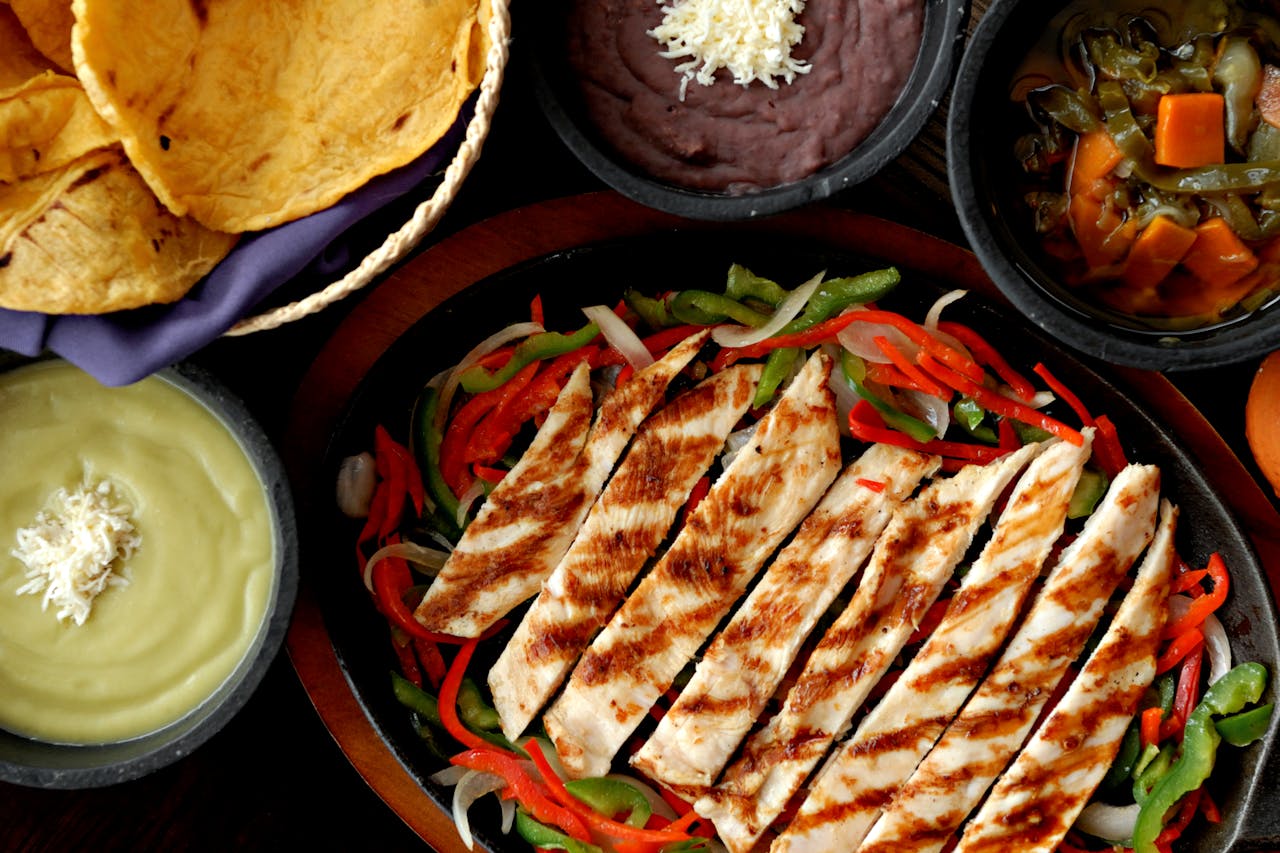7 Dishes America Can’t Get Enough Of (And 7 We’re Over)
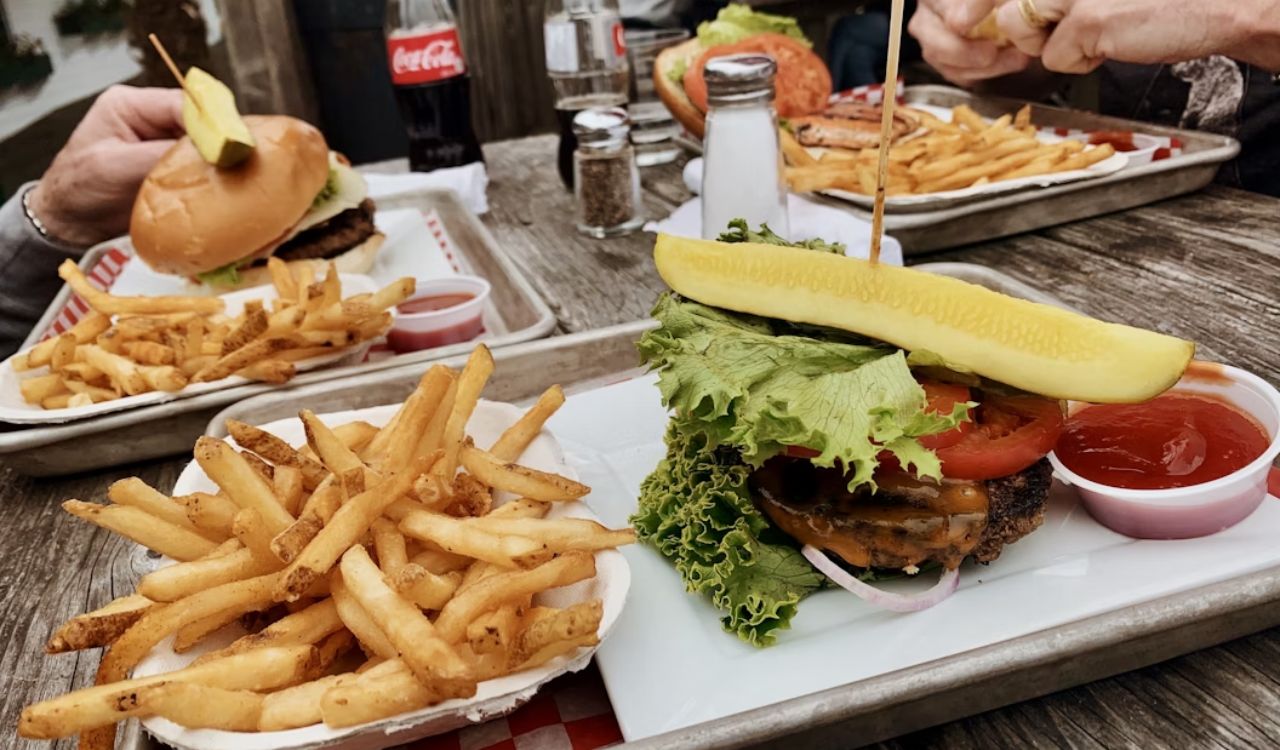
American dining habits are always evolving. Some foods become beloved staples that never leave the table, while others fade out as tastes and trends change. Whether it is comfort food that sparks nostalgia or viral dishes that quickly lose their shine, America’s love affair with food reflects shifting culture. Here are seven dishes people continue to crave and seven that diners seem ready to leave behind.
Tacos
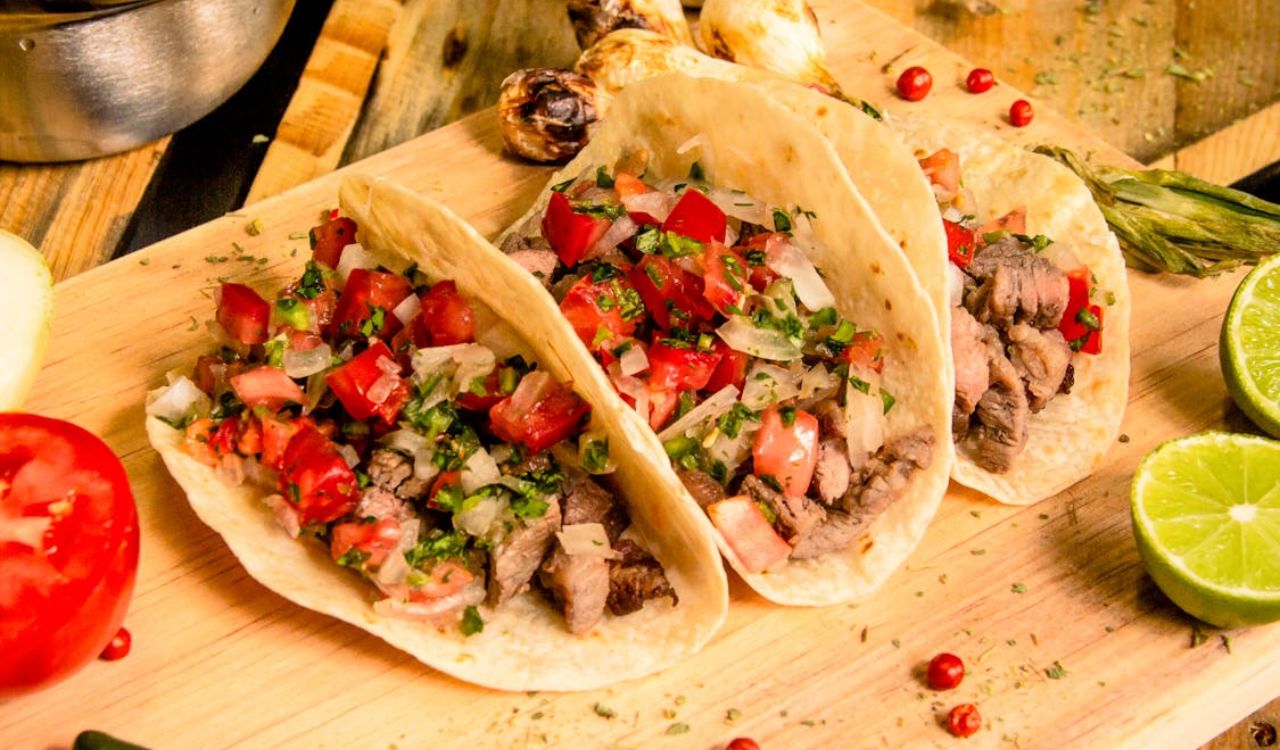
Tacos are deeply rooted in Mexican tradition, but the U.S. has embraced and reinvented them into an everyday staple. Classic versions coexist with Tex‑Mex ground beef tacos, seafood fillings on the coasts, and fusion creations like Korean barbecue tacos. Their adaptability, from food trucks to fine dining, ensures tacos remain relevant, balancing heritage with American inventiveness.
Mac and Cheese
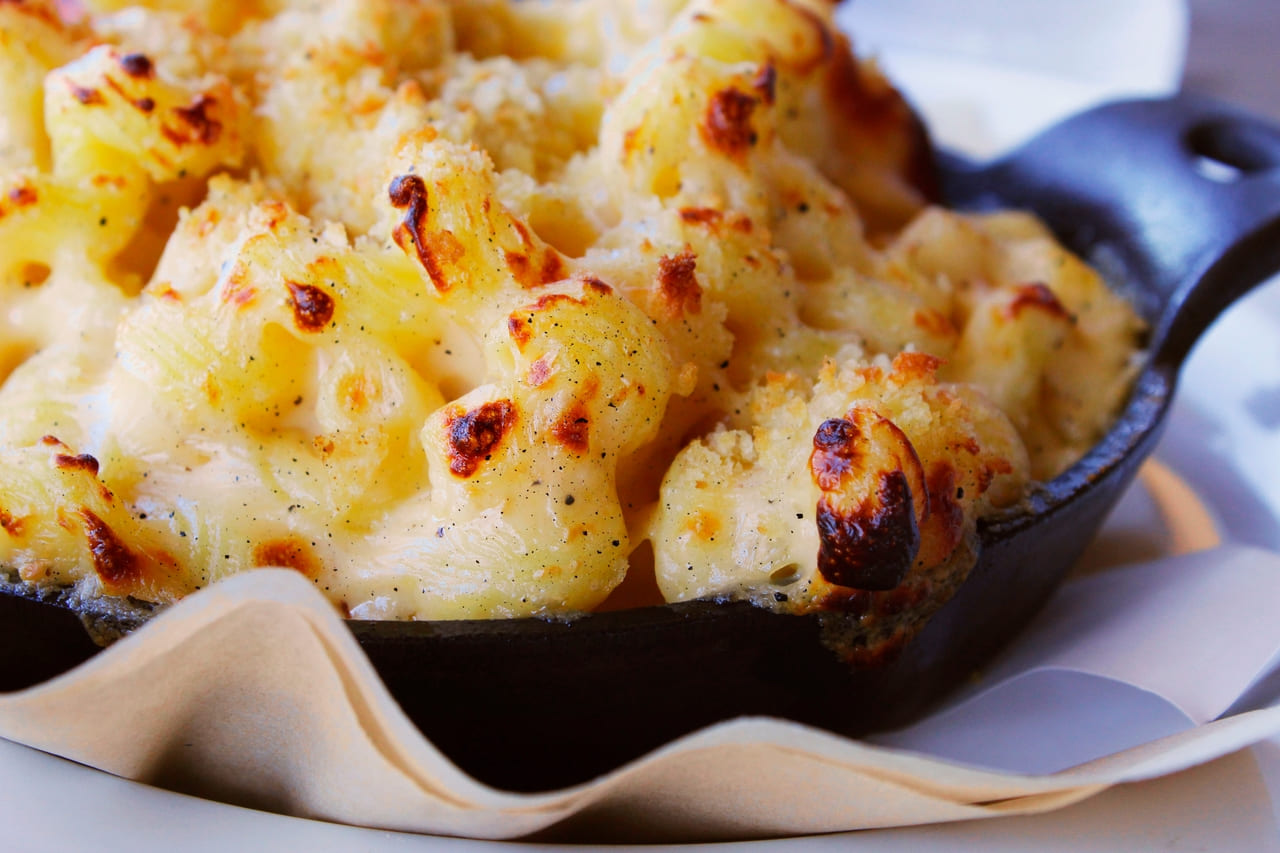
Mac and cheese continues to reign as a comfort food classic. Its foundation is simple—pasta coated in a creamy cheese sauce—but chefs and home cooks alike add flair with toppings like breadcrumbs, bacon, or even lobster. It works equally well as a side dish or main course, offering both nostalgia and indulgence. For many, it is the ultimate reminder of childhood meals, now elevated for modern tastes. That combination of tradition and versatility explains its staying power.
Burgers
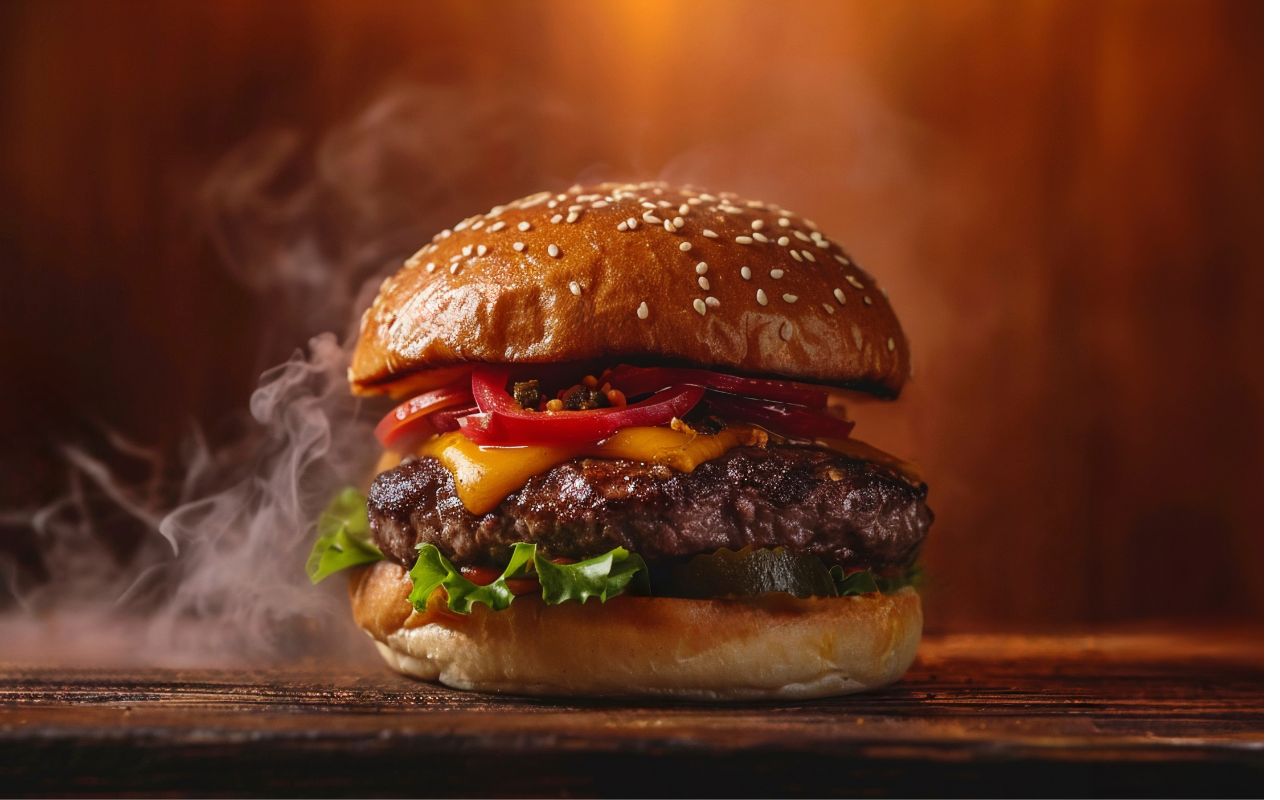
Burgers remain one of the most iconic American dishes. From backyard barbecues to fast-food chains and upscale restaurants, they dominate menus nationwide. Their appeal lies in their adaptability. A burger can be classic with cheese and pickles or gourmet with specialty sauces and toppings. Affordable, satisfying, and endlessly customizable, burgers fit any budget and occasion. They are more than just food—they symbolize American dining culture, embodying the balance of comfort and creativity in one bite.
Fried Chicken
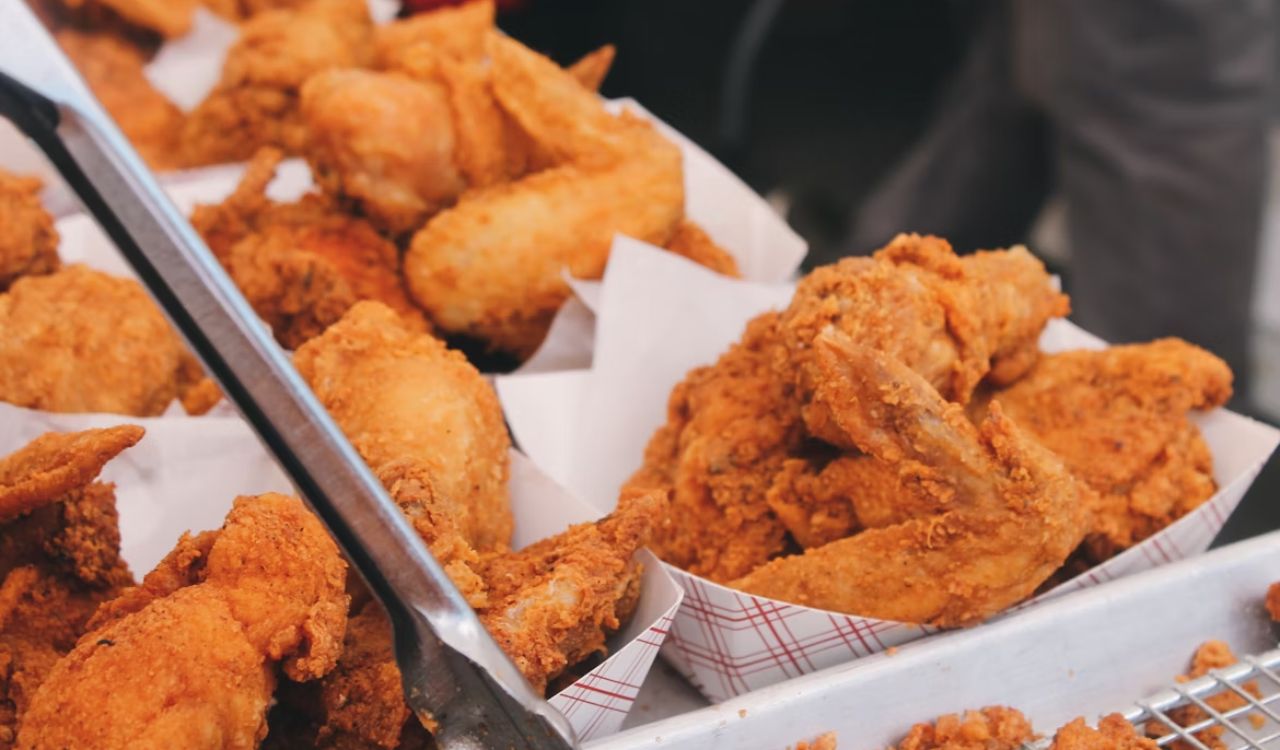
Fried chicken, now beloved nationwide, has origins that blend Scottish frying techniques with West African seasoning traditions, refined in the American South. Crispy, juicy, and endlessly adaptable, it shows up in family kitchens, chains, and chef‑driven menus alike. Modern spins like Nashville hot chicken keep it evolving, but the comforting crunch makes fried chicken one of America’s most enduring favorites.
Pizza
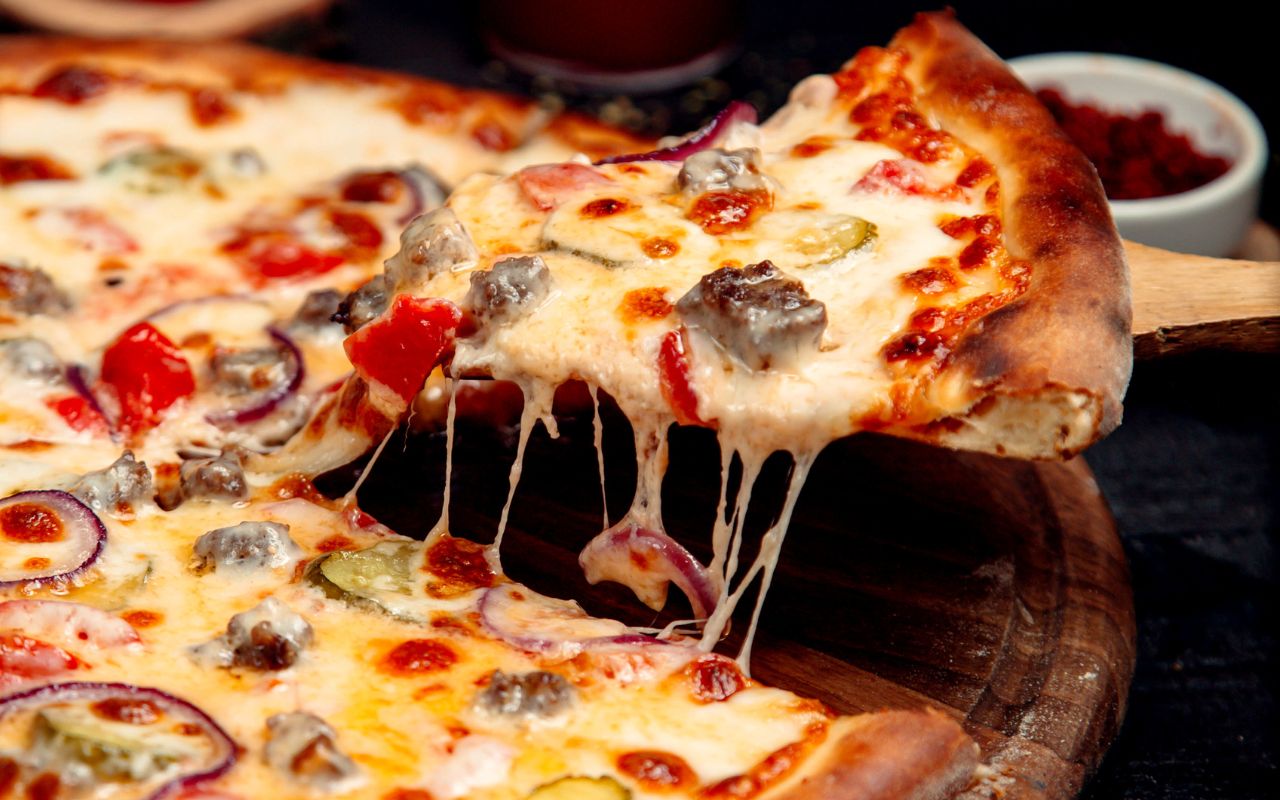
Pizza is one of the most enduring staples of American food culture. Regional variations like New York’s thin crust or Chicago’s deep-dish give it local flair, but its universal appeal lies in its ability to adapt. Toppings can range from simple pepperoni to gourmet combinations, making it suitable for any mood or budget. Pizza is also one of the most convenient foods, perfect for delivery, parties, or casual nights in. Its mix of tradition and creativity keeps it timeless.
Barbecue Ribs

Barbecue ribs embody the slow-cooked, smoky traditions of American grilling. Tender meat that nearly falls off the bone, coated in tangy or sweet sauce, makes them irresistible. Each region has its own spin—Kansas City, Memphis, and Texas all showcase unique flavors—yet ribs remain universally loved. They are hearty, messy, and deeply satisfying, often the highlight of cookouts, festivals, or restaurant meals. That combination of flavor, ritual, and community ensures ribs remain a dish America refuses to part with.
Avocado Toast
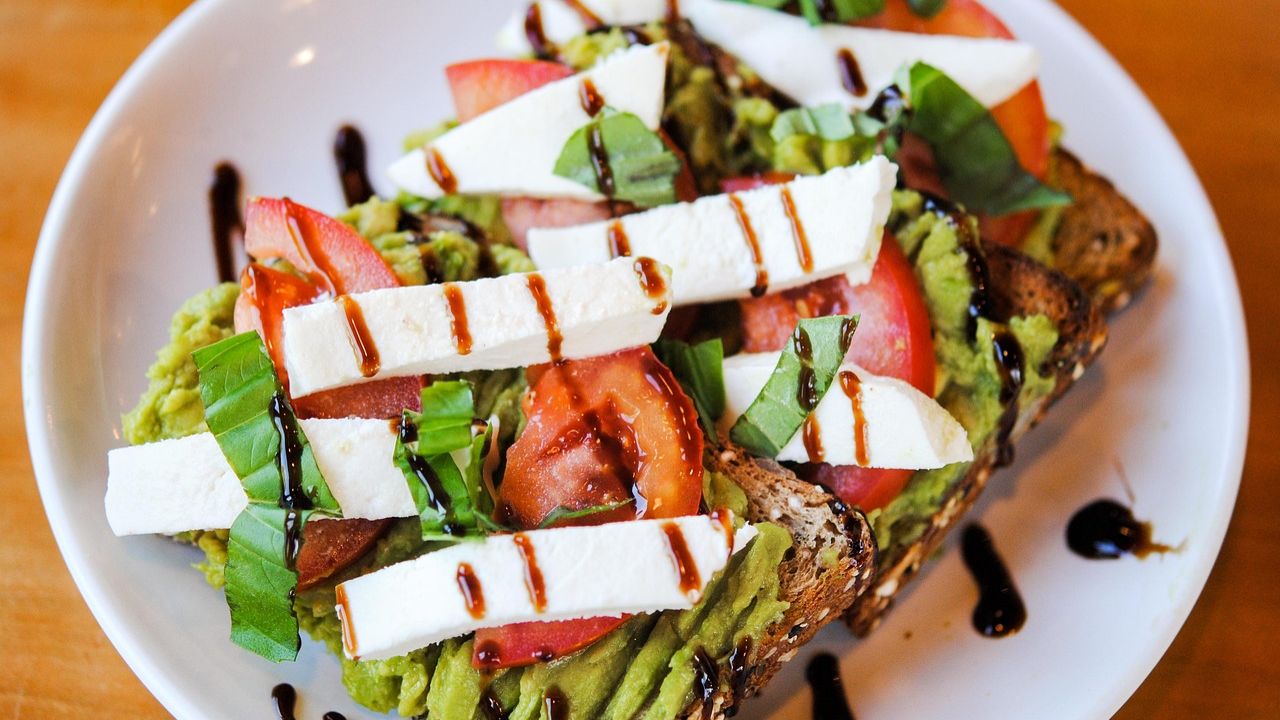
Though avocado on bread has existed for decades, its rise as a U.S. brunch sensation owes much to Australian café culture in the 1990s–2000s. Today, avocado toast has outlasted its “Instagram fad” status, with its simple base upgraded by eggs, smoked salmon, or spices. Nutritious yet indulgent, it’s become a modern breakfast essential rather than a passing novelty.
Kale Everything
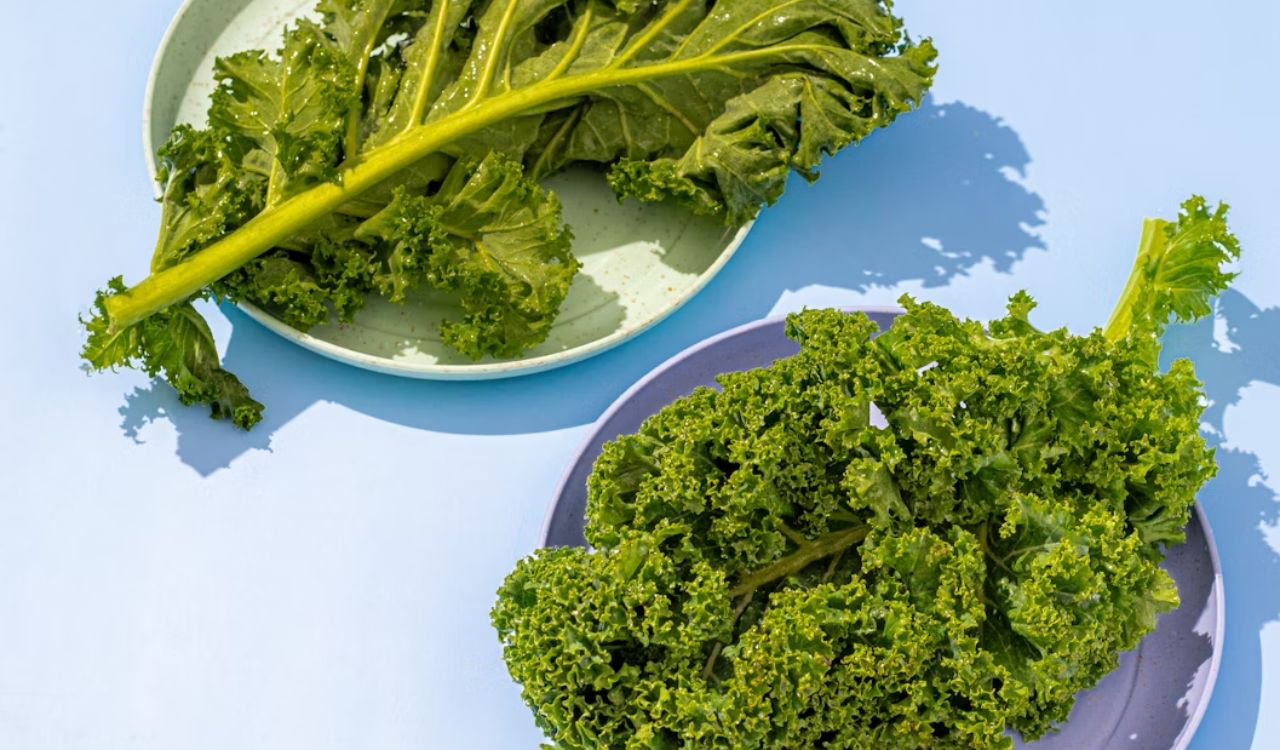
Kale once dominated menus as the ultimate superfood, appearing in salads, juices, and chips. While still nutritious, its tough texture and bitter taste left many diners searching for alternatives. Today, greens like spinach, arugula, and baby lettuces feel lighter, fresher, and easier to enjoy. Kale has not disappeared, but it no longer defines healthy eating trends. Instead, it has settled into the background as one option among many, rather than the star of every dish.
Cupcakes

Cupcakes saw a pop‑culture explosion in the late 1990s and 2000s, boosted by Magnolia Bakery’s cameo on Sex and the City and a wave of boutique cupcake shops and TV competitions. While still popular for birthdays and parties, their hype has waned as diners lean toward doughnuts, French pastries, and lighter desserts. Cupcakes remain classics, but their era as the “it” dessert is over.
Overloaded Milkshakes
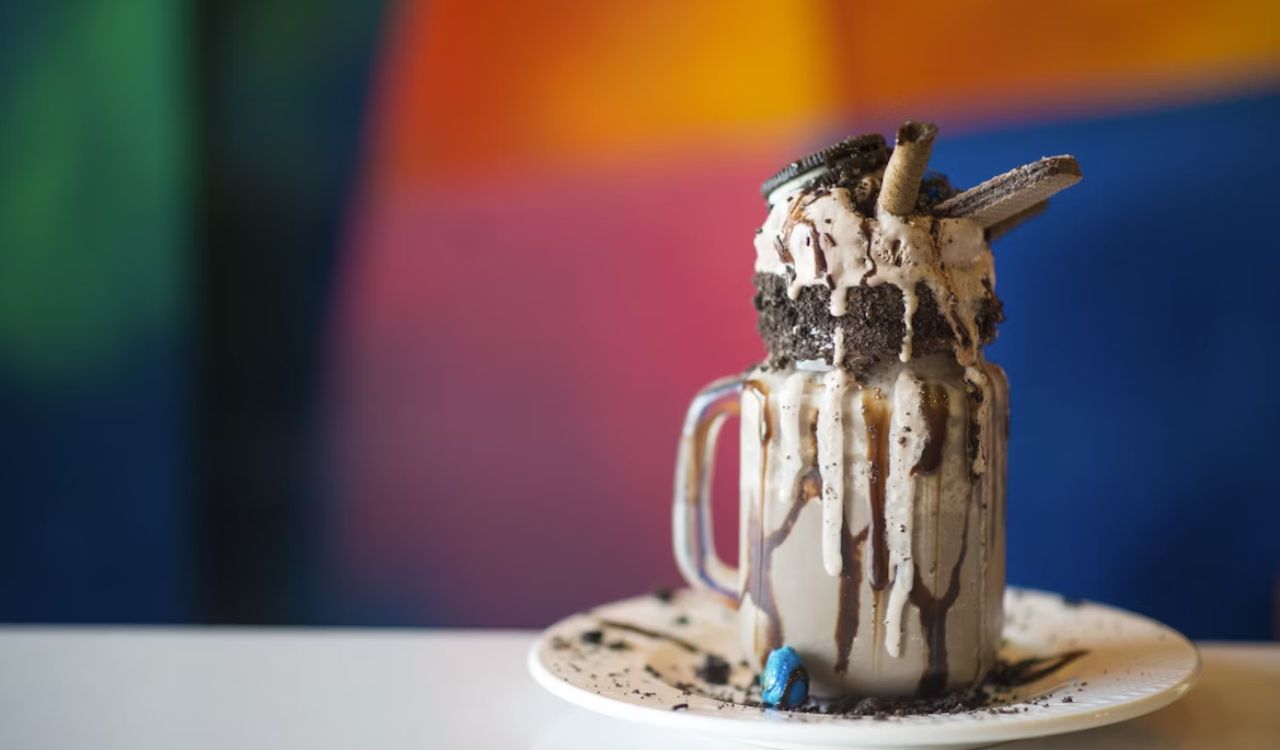
The trend of oversized “freakshakes” began in Australia before sweeping American cafes and social media feeds. Piled high with cookies, donuts, and candy bars, they were made for photos more than sipping. Most diners found them overly sweet and impractical, and attention quickly shifted to more balanced drinks like bubble tea, smoothies, or classic milkshakes with creative but manageable twists.
Quinoa Bowls
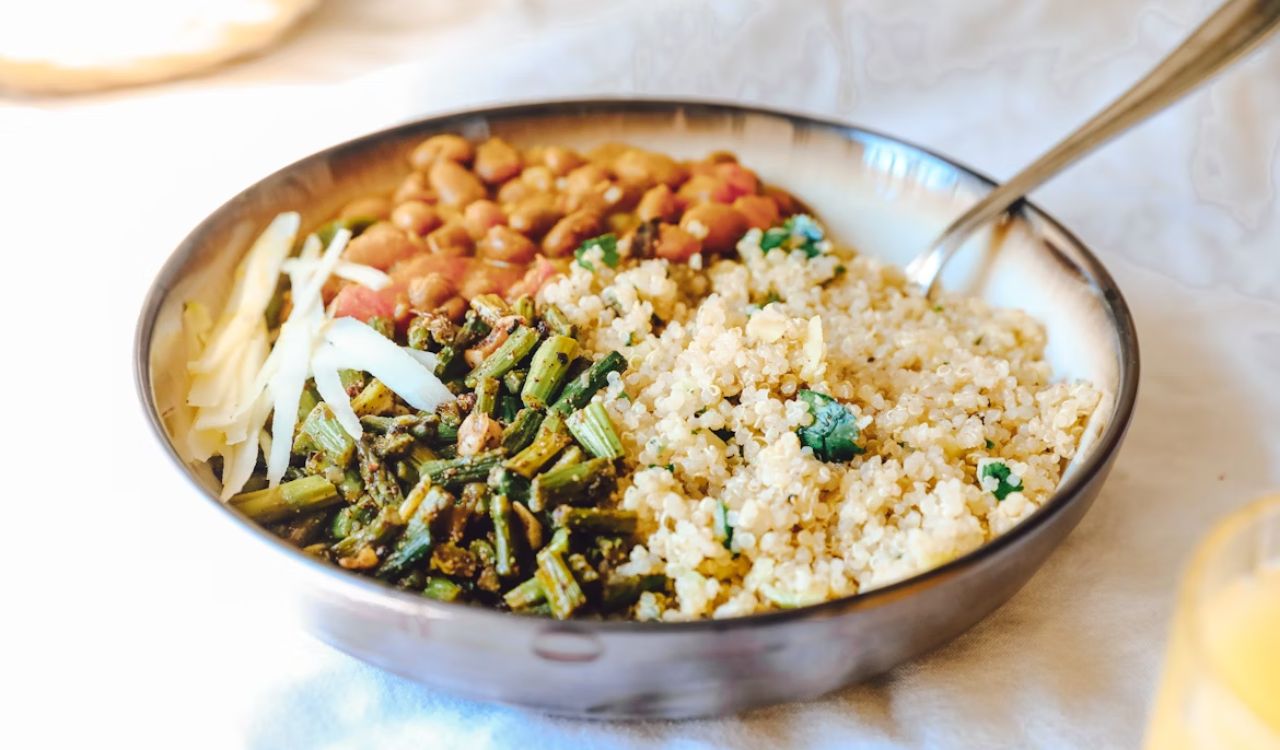
Quinoa surged in popularity during the 2010s as the star “supergrain,” appearing in endless bowls and salads. While still valued for its nutrition, diners grew weary of its mild flavor and repetitive use. Today, heartier bases like farro and rice or lighter ones like cauliflower rice are more common. Quinoa hasn’t disappeared—it’s simply shifted from trendsetter to one healthy option among many.
Ramen Burgers
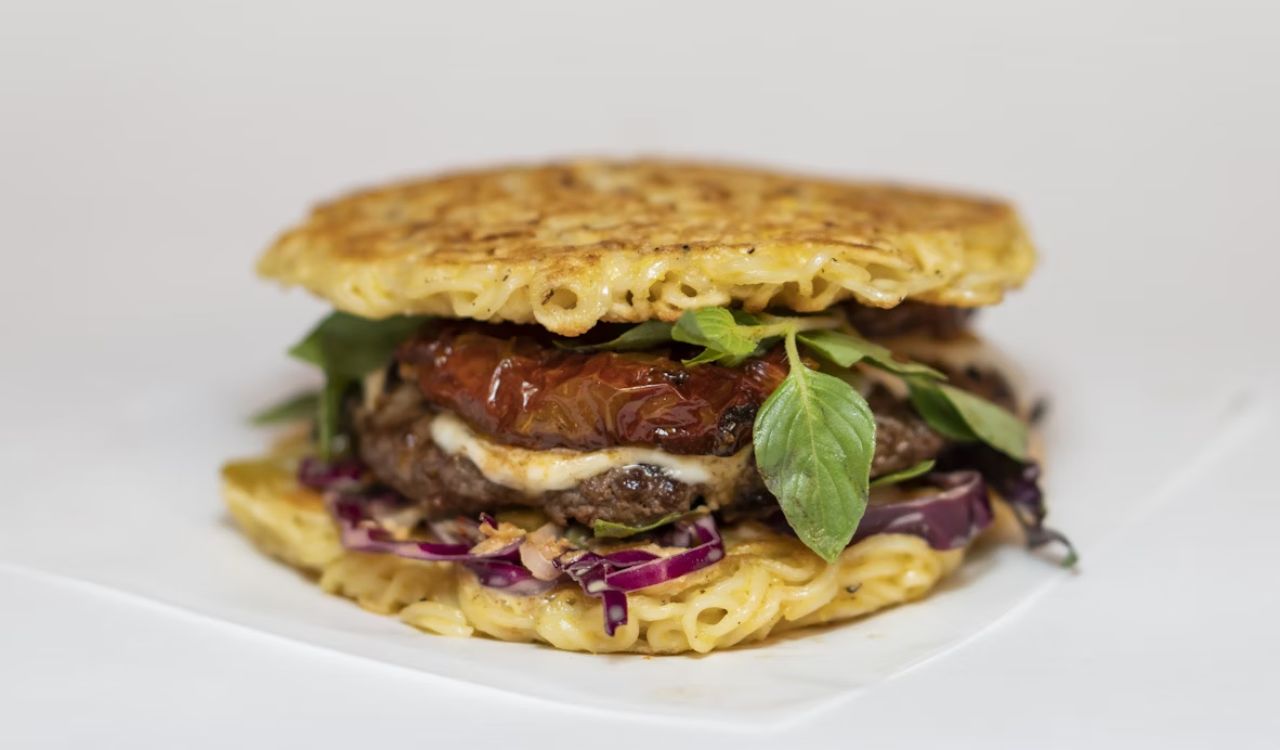
When ramen burgers first arrived, they created a viral frenzy. Noodle “buns” in place of bread drew attention for their uniqueness, but they were awkward to eat and more fun to photograph than to finish. While some experimental chefs still play with fusion concepts, the ramen burger has mostly vanished from mainstream menus. It serves as a reminder that not every creative idea translates into lasting demand, especially when practicality and flavor do not match the hype.
Charcoal-Infused Foods
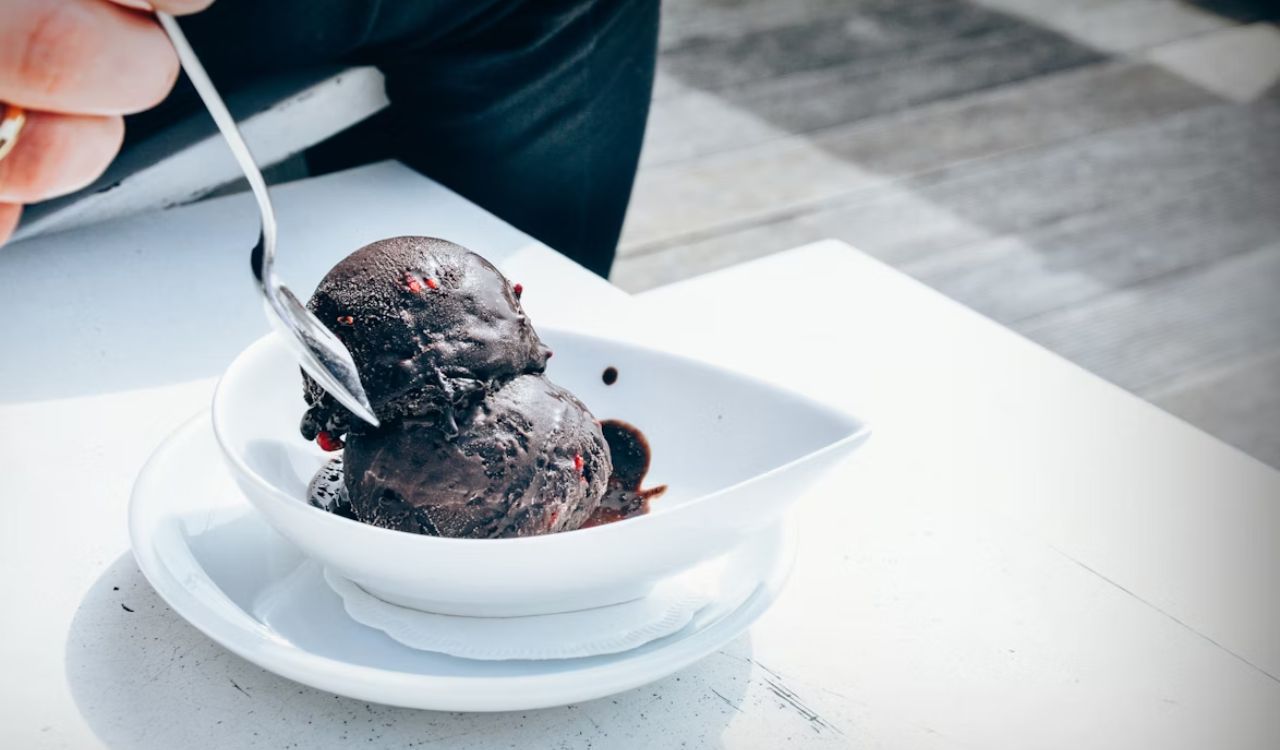
Charcoal ice creams, lattes, and cocktails once made waves for their jet-black aesthetic and supposed detox benefits. Over time, the gritty texture and questionable health claims made them less appealing. Diners gravitated instead toward colorful alternatives like matcha or fruit-based drinks. While the dramatic look worked for social media, charcoal foods lacked the flavor and substance to endure. They remain a quirky footnote in food history rather than a lasting trend.
Rainbow Bagels
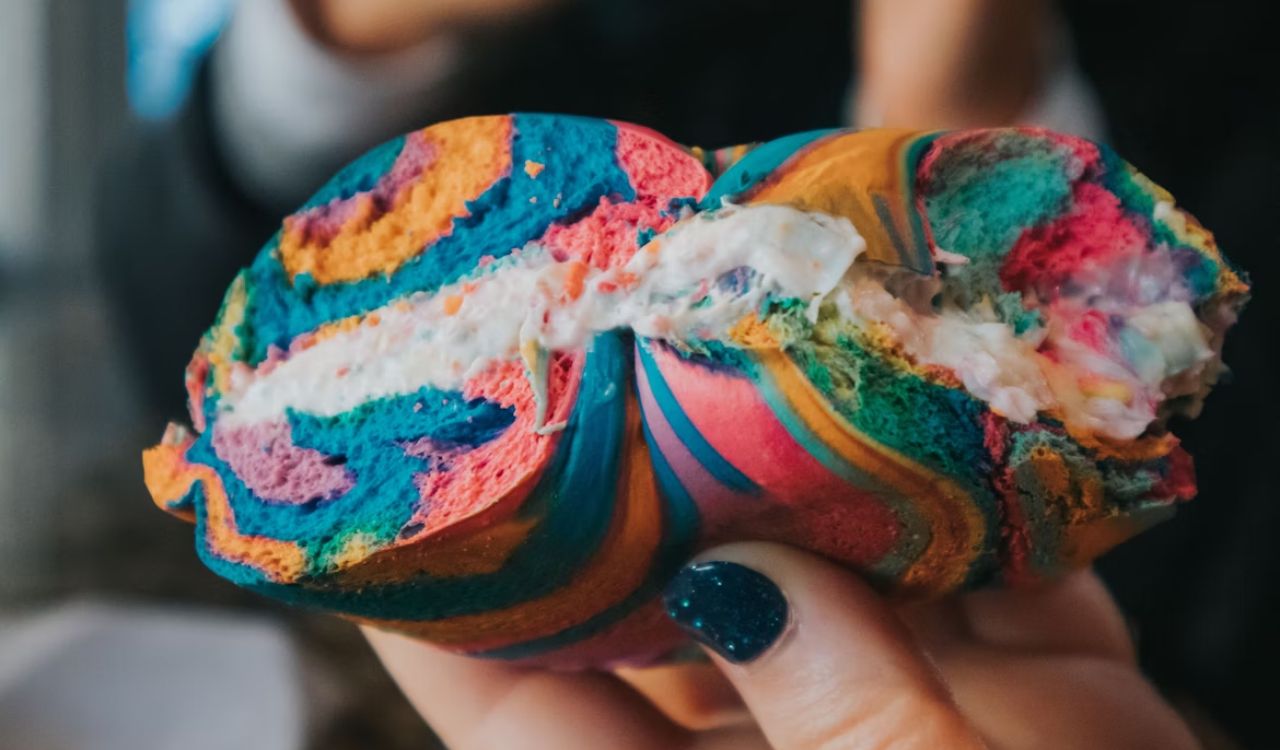
Rainbow bagels, made famous by a Brooklyn bakery in 2015, lit up Instagram with neon swirls. But beyond the eye‑catching colors, they were simply regular bagels with food dye. With little to offer beyond aesthetics, their appeal faded quickly. Classic bagels with quality toppings like lox, avocado, or cream cheese have reasserted themselves as the real mainstay, while rainbow bagels remain a gimmick that had its viral moment.


